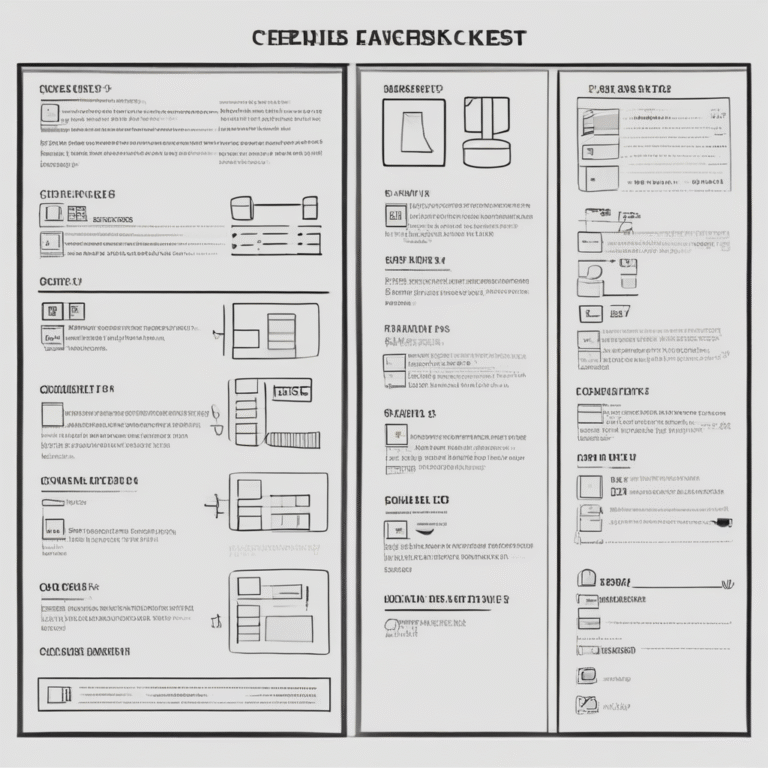How to Build AI into Your Business Without Breaking Compliance
AI has the potential to make businesses faster, smarter, and more competitive. However, a significant number of AI projects fail to deliver on these promises. The core issue lies in organizations attempting to integrate AI into outdated, rigid processes that cannot adapt to the demands of modern technology.
The Cloud Security Alliance (CSA) highlights that AI adoption in business and manufacturing is failing at least twice as often as it succeeds. Companies are struggling to incorporate AI into processes that lack transparency, adaptability, and real-time data integration.
The Dynamic Process Landscape Model
To address these challenges, the CSA introduces the Dynamic Process Landscape (DPL) model. This framework shifts AI adoption away from fragmented automation and towards structured, compliant, and strategically aligned workflows.
The Governance Gap
Many automation efforts fail due to a lack of process transparency. The DPL requires teams to thoroughly understand their core workflows before introducing AI. This includes:
- Mapping dependencies
- Defining human oversight roles
- Ensuring data flows are well understood
For Chief Information Security Officers (CISOs), the stakes associated with governance are high. Improperly deployed AI can:
- Expose sensitive data
- Break compliance rules
- Erode operational security
The DPL framework is designed to embed explainability and auditability into every AI decision, incorporating mechanisms like tamper-proof logs, human-in-the-loop (HITL) checkpoints, and escalation triggers for anomalies.
Power Without Control is a Liability
The CSA emphasizes the distinction between innovation and recklessness. Just because AI can be deployed does not mean it should be, especially in regulated environments where human accountability is non-negotiable.
AI’s primary role is to automate processes, make real-time, data-driven decisions, and detect anomalies for timely intervention. If AI systems operate without visibility, traceability, or oversight, organizations are not innovating; they are gambling.
The Three Paths to Implementation
Rather than prescribing a single implementation method, the CSA outlines three strategic options for adopting the DPL model:
- Greenfield: This approach is ideal for new business units or startups, allowing organizations to build the DPL from scratch without legacy constraints.
- Parallel sandboxing: This method involves running the DPL alongside existing processes in a shadow environment, suitable for highly regulated industries like healthcare or finance.
- Event-triggered adoption: This strategy implements the DPL in targeted areas already undergoing change due to compliance updates or competitive pressures.
All three methods necessitate strict controls, including pre-defined KPIs, escalation paths, and success criteria prior to moving AI systems into production. The CSA stresses that automation must not outpace governance maturity.
Dr. Chantal Spleiss, Co-Chair of the CSA AI Governance and Compliance Working Group, advises that CISOs should conduct thorough gap assessments for processes and data. However, having technical capabilities alone is insufficient. A successful transition to the DPL model heavily relies on leadership buy-in and an enterprise-wide culture of change.
Build the Foundation First
Many organizations lack the digital maturity essential for AI to thrive, which includes:
- Reliable data pipelines
- Process visibility
- Executive buy-in
The CSA warns that neglecting these foundational elements can sabotage any AI initiative, regardless of the model’s sophistication. Core readiness questions for organizations include:
- Are your workflows clearly mapped and understood?
- Is your data governance robust?
- Do you have HITL processes in place?
- Can AI decisions be explained and reversed?
Why This Matters Now
New regulations, such as the EU’s AI Act and NIS2 Directive, increasingly hold organizations and their executives accountable for the systems they deploy. The CSA notes that these regulations emphasize personal accountability for senior management.
In summary, if your AI system makes a poor decision, it is the organization’s leadership—not the vendor—who will face scrutiny from auditors. This underscores the urgency for businesses to adopt a structured approach to AI integration that prioritizes compliance and governance alongside innovation.









